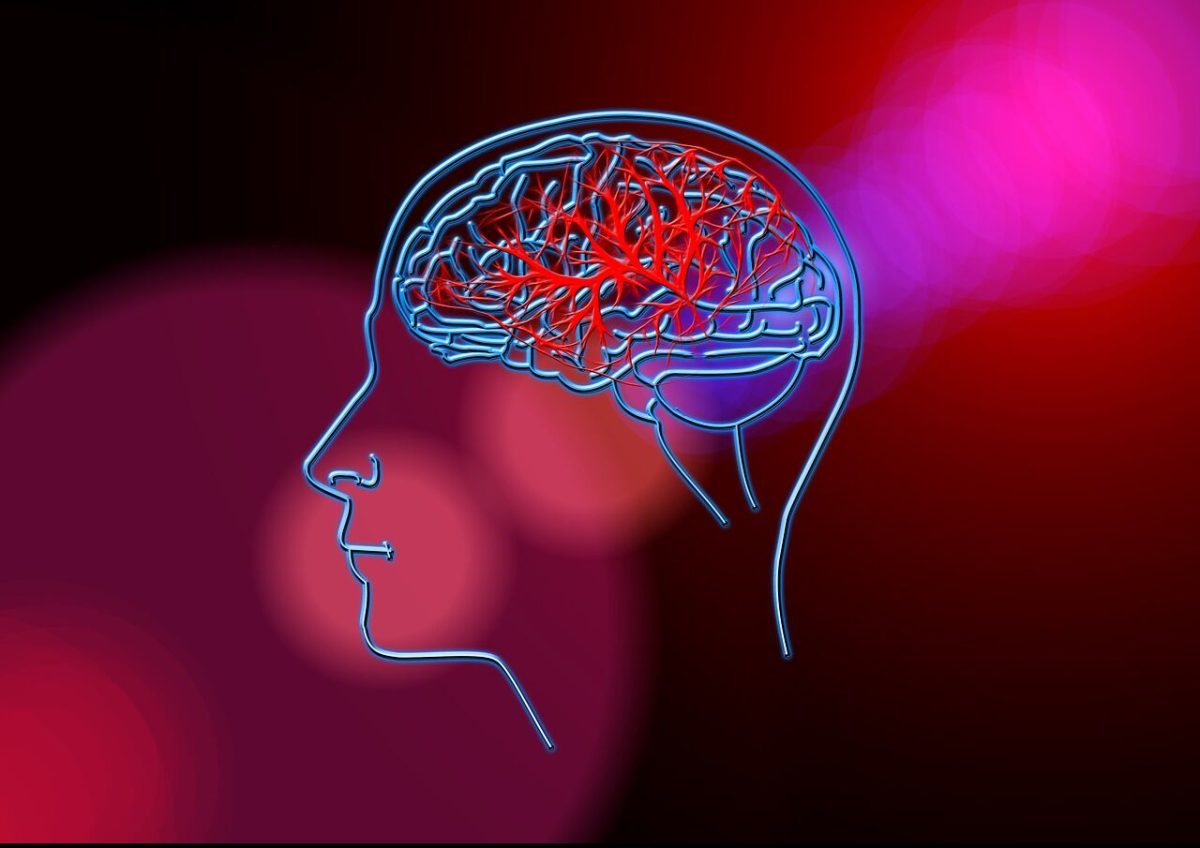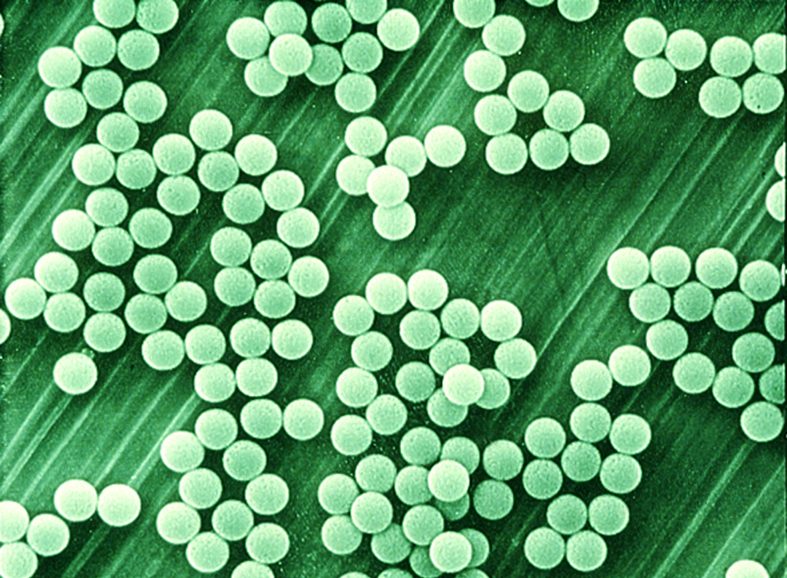According to the CDC, someone in the United States has a stroke every 40 seconds, equating to more than 795,000 cases a year. The National Stroke Association reports that 40% of stroke patients will experience moderate to severe deficits in their functioning. To improve motor function post-stroke, Dr. David Chiu and his colleagues conducted a clinical trial and presented their findings at the American Stroke Association International Stroke Conference in February 2020. They used a new, non-invasive magnetic stimulator that was found to increase physiological brain activity in regions that were previously damaged due to stroke.
The clinical trial was randomized, double-blinded (neither participants nor experimenter know who is receiving the treatment), and sham-controlled (one group with no treatment administered). It was conducted on 29 subjects, who
were left with one-sided weakness as a result of chronic ischemic stroke. Fifteen patients received forty minutes of magnetic stimulation for five days per week for four weeks. Following the four weeks of treatment, the researchers found that the magnetic stimulator device was safe and well-tolerated. Two patients in the treatment group and five patients in the control group had adverse effects; however, these effects were related to a chronic condition and not the device. By measuring brain activity using fMRI, which quantifies blood oxygenation levels, the researchers found that there was a statistically significant increase in activity of the ipsilesional hemisphere, or the hemisphere containing the injury. This improvement was maintained upon evaluation for one month post-treatment.
In addition to the primary findings of the fMRI analysis, Chiu and colleagues also reported secondary findings using six medical scales to clinically assess motor function. Two of these scales showed statistically significant improvements when evaluating one month and three months post-treatment. These two scales were the TUG test and the Fugl-Meyer Upper Extremity test, which measure gait velocity and sensorimotor function, respectively. Among the other four scales, three of them resulted in numerical improvement post-treatment, but were not statistically significant.
At this point, and without further experimentation, the researchers cannot conclude that the magnetic stimulator improves motor function. However, the findings of this study will prompt further research using a larger group of individuals. The increased gait velocity and sensorimotor function indicate progress in cognitive functioning, which give hope for the 40% of stroke patients who endure cognitive deficits.
Categories:
Magnetic pulses improve damaged brain regions
Nami Ennis, Contributor
September 18, 2020
Courtesy Geralt on Pexels
Specific areas of the brain conduct more activity during the occurrence of a stroke.
0
Donate to The Tiger
Your donation will support the student journalists of Clemson University. Your contribution will allow us to purchase equipment and cover our annual website hosting costs.
More to Discover















